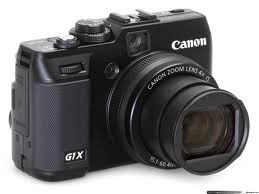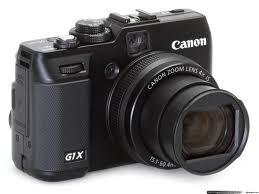
Picture Quality
First up comes a discussion of image quality. This device wields an APS-C sensor with an area of 262mm. That’s about 80% of the size of the sensors found on their full frame SLRS like the EOS 60D. There isn’t a world in which you could call the quality lacking. I would argue that the G1 X pulls ahead with a certain stun factor, due to its size you might be inclined to compare it to other smaller devices, which are blown away by default. The sensor is in most respects a scaled down version of the same APS-C technology, and as such, it really does compete with the 7D in terms of noise. Jacking up the ISO sensitivity will seldom be a problem for it. A glance at optical artifacts seems to show a perfect world, with very low distortion all the way through the focal range. I think I can.
The steam runs out at about that point, however, because the miraculously low distortion is merely a miracle of post-processing. Down at the wide end, barrel distortion is abominably high, at least when looking at an uncorrected RAW file. Canon modifies these images carefully yet heavily, and the end result is a picture that only seems flawless, at the cost of corner sharpness and other various losses in accuracy.
The Missing Lenses
Being externally similar to the rest of the powershots means that the G1 X suffers a few more handicaps. While the 28-112mm focal length does provide a vast range of usability, the lack of modular lenses means that there are certain shots that will not be accessible to this camera. It will never capture an intense close-up of wildlife, or have that lightning quick aperture that a cheap f/1.4 would. And that’s a shame considering we’ve been given a sensor that is fully capable of taking it in.
I could additionally list off many other missing features, such as the smaller battery, the unremarkable viewfinder, among other things, but I think that is the point where it becomes unfair to compare a Full frame monster to this soft-spoken miniature.
I don’t want readers to leave with the impression that this is a bad camera. I did not intend to review it in that sense. However, Canon’s sales hook was that this thing essentially was a small yet capable SLR. In fact, the image quality is spectacular when solely compared against other digicams. However, I don’t think that a direct comparison to more professional offerings is the right choice of words, especially when the feature set that you can get from an EOS is far beyond what this already capable device offers. For this reason, I think of it as the digicam that almost could.
Bill Green is an engineering student and freelancer for Photo.net where you can read an in-depth review of the Canon Powershot G 1 X camera and find hundreds of camera and lens reviews here: http://photo.net/reviews/

